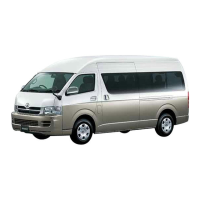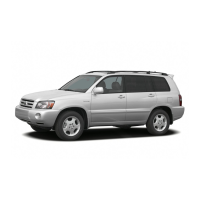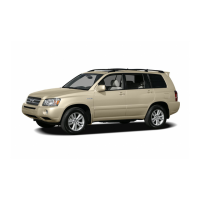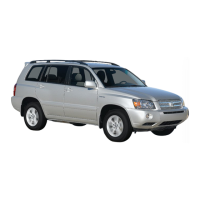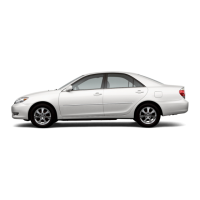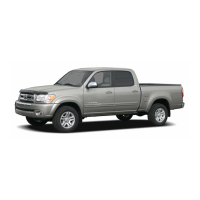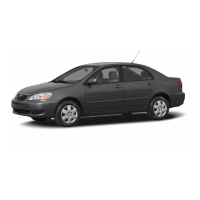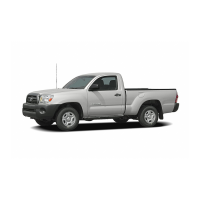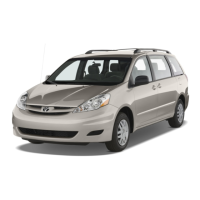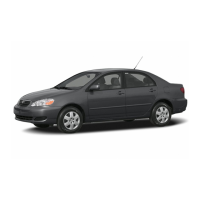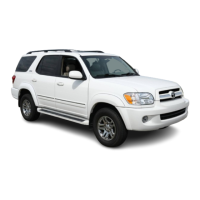Never use
second-hand
tires
on
your
Toyota.
Using tires whose previous history is un-
known is a risk.
Toyota recommends all four tires, or at
least both front or rear tires
be
re-
placed at a time as a set.
See "If you have a flat tire" on page 160
in Section 4 for tire change procedure.
When a tire is replaced, the wheel
should always
be
balanced.
An unbalanced wheel may affect vehicle
handling and tire life. Wheels can get out
of balance with regular
use
and should
therefore be balanced occasionally.
When replacing a tubeless tire, the air
valve should also be replaced with a
new one.
Rotating tires
q72016
To equalize tire wear and help extend
tire life, Toyota recommends that you
rotate your tires approximately every
5000
km
(3000 miles). However, the
most appropriate timing for tire rotation
may vary according to your driving hab-
its and road surface conditions.
See "If you have a flat tire"
on
page 160
in Section 4
for
tire change procedure.
When rotating tires, check for uneven
wear and damage. Abnormal wear is usu-
ally caused by incorrect tire pressure, im-
proper wheel alignment,
out-of-balance
wheels, or severe braking.
Installing snow tires and
chains
WHEN TO USE SNOW TIRES
OR
CHAINS
Snow tires or chains are recommended
when driving on snow or ice.
On wet or dry roads, conventional tires
provide better traction than snow tires.
SNOW TIRE SELECTION
If you need snow tires, select tires of
the same size, construction and load
capacity as the originally installed tires.
Do not use tires other than those men-
tioned above. Do not install studded tires
without first checking local regulations for
possible restrictions.
&
CAUTION
Do
not use snow tires other than the
manufacturer's recommended size, as
this may cause dangerous handling
characteristics resulting in loss of
control. Otherwise,
an
accident may
occur resulting in death or serious
injuries.
203
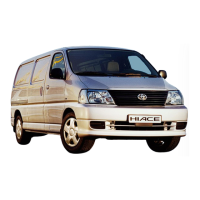
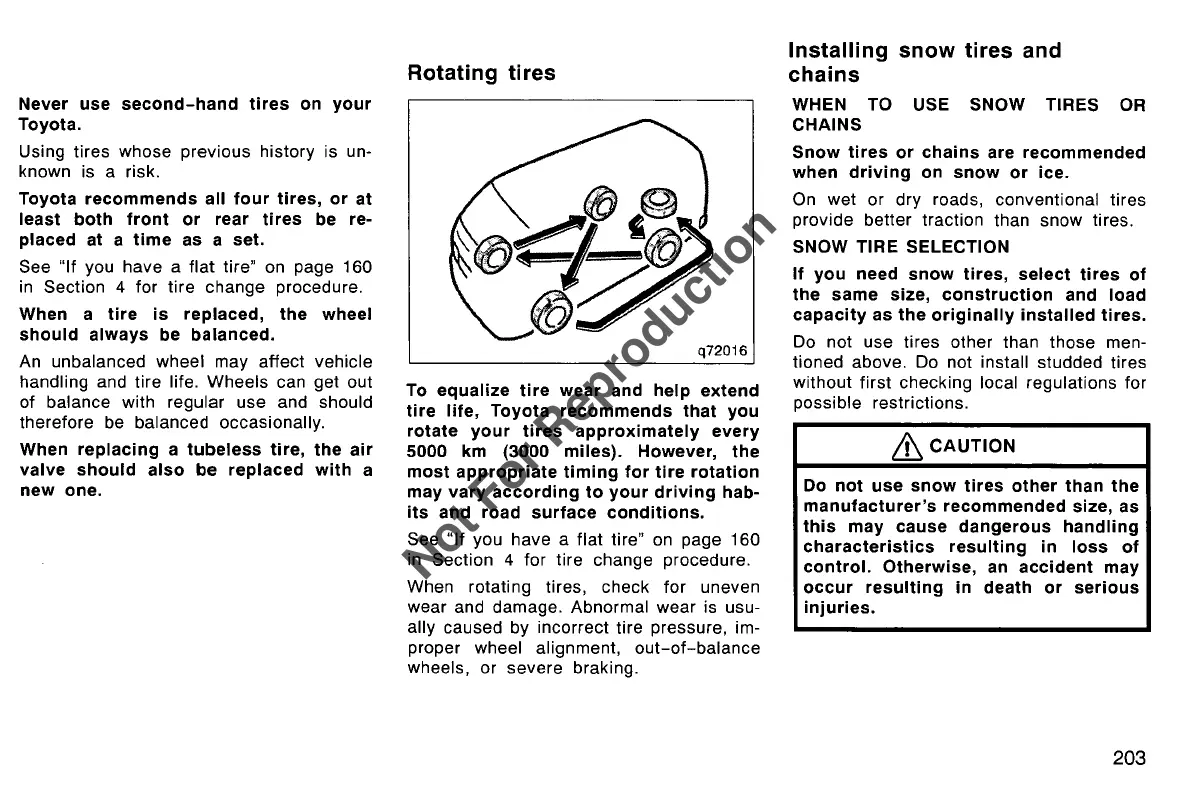